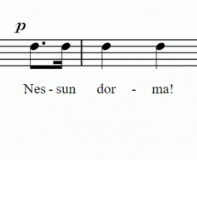Advice Needed: Slow Emptying Toilets & Septic Tank System
-
Recently Browsing 0 members
- No registered users viewing this page.
-
Topics
-
-
Popular Contributors
-
-
Latest posts...
-
82
Getting Thai health insurance for 68 year old American
The website longstay.tgia.org is the official portal run by the Thai General Insurance Association (TGIA) that provides key information and resources about health insurance required for Thailand’s long-stay visas—particularly the Non‑Immigrant O‑A (1‑year), O‑X (10‑year), and Special Tourist Visa (STV). Answer: https://longstay.tgia.org/document/companies_contact_list.pdf Almost everything that needed saying has already been said in this thread. As we’re fortunate enough to grow older, our medical histories naturally expand. …Coverage shrinks, premiums rise, and discounts vanish. Strange kind of reward for getting older. -
52
Tourism Chaos Erupts: Hotels Back Out of Thai Government Tourism Scheme
A splendid example of Thai e-government, I should think. -
22
Where can patients smoke their meds?
If the building doesnt want durian, I wouldnt think weed would be welcome- 2
-

-

-
22
Where can patients smoke their meds?
Condo living requires compromises, you wouldn't want your neighbours to play the drums, take up the trumpet, have a noisy dog, and they don't want you to smoke weed. There will be a smoking area somewhere in the building, smoking anywhere else will be against the condo rules. If you want to smoke at home, rent a house. -
22
-
22
-
-
Popular in The Pub







.thumb.jpeg.d2d19a66404642fd9ff62d6262fd153e.jpeg)







Recommended Posts
Create an account or sign in to comment
You need to be a member in order to leave a comment
Create an account
Sign up for a new account in our community. It's easy!
Register a new accountSign in
Already have an account? Sign in here.
Sign In Now